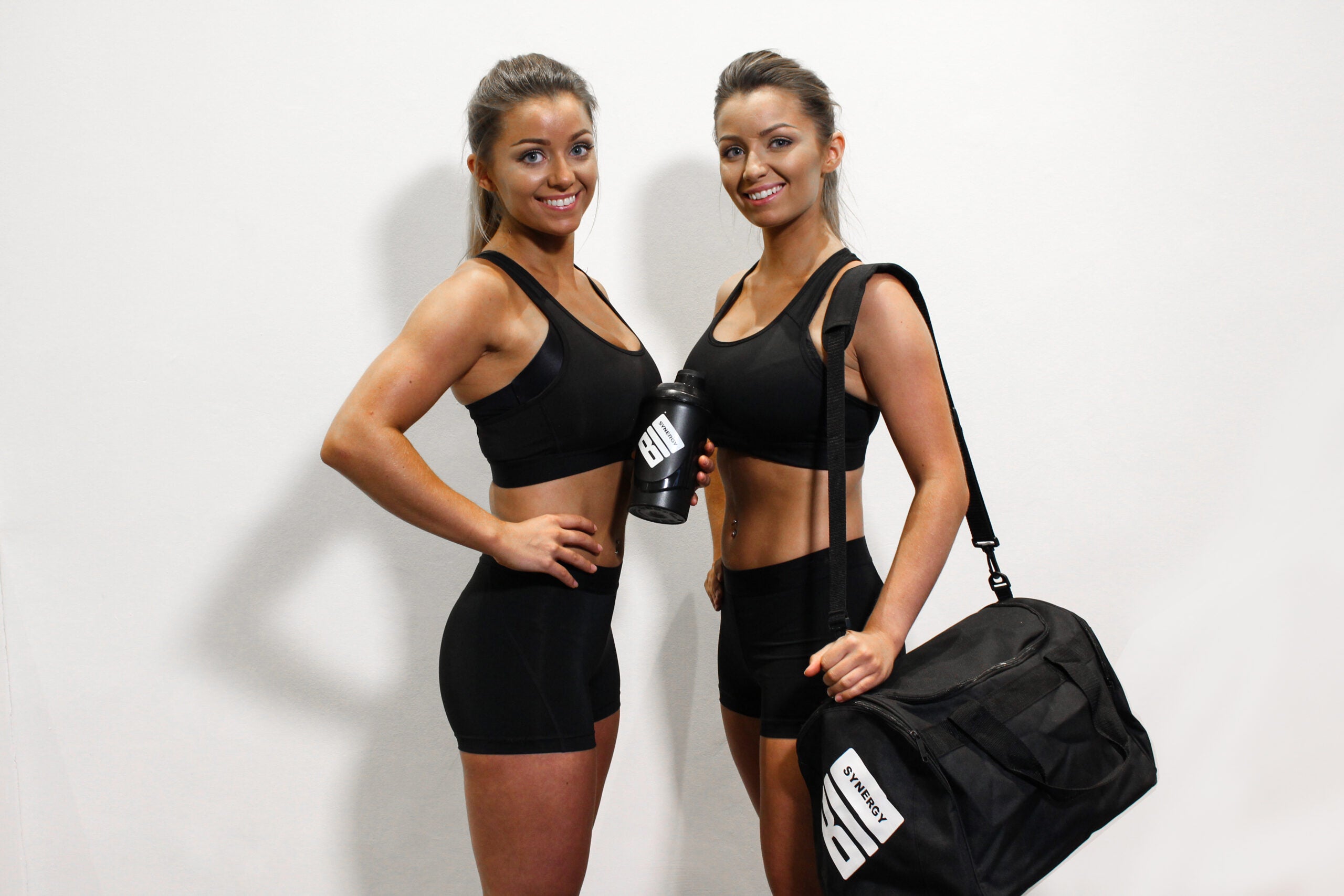1. What exactly is CrossFit?
CrossFit combines a number of different disciplines, Olympic lifting, gymnastics, calisthenics, and functional fitness training to name a few. A typical CrossFit session will consist of learning to master different movement patterns, pushing your weights to ‘one rep max’, and developing mobility before combining them all in a lung busting, lactate bursting WOD – or Workout Of the Day
2. What is the ultimate aim of CrossFit?
CrossFit is about training in a safe, effective way with good nutrition to help you achieve and perform at your best.
Safety is important in all aspects of life but when you are performing compound, Olympic moves with heavy weights under pressure of time or competition and you are tired its important they are performed safely to avoid injuries. This then goes hand in hand with efficiency. If moves are performed correctly, you can command greater weights and tire less by having the correct movement patterns.
We all know nutrition has a huge impact on us in day to day living, but when it comes to training, nutrition plays a greater role, its so important you eat enough of the right stuff to keep up your energy and have the building blocks to repair the muscles you have been breaking down in the box. That’s why nutrition is one of the pillars in CrossFit.
Your best is different for everyone, and CrossFit is great at including all abilities to become the best they can be.
3. What makes CrossFit different from other workouts like circuits, weight training and HIIT?
CrossFit is so much more than fitness, it’s a community. You won’t have anyone else supporting you as much as your fellow CrossFitters at your local ‘Box’. It’s your fellow CrossFitters who cheer for you, push you on when you think you have reached your limit and ask where you are when you don’t show up.
Circuits, weight training and HIIT are all great and these are fundamental activates in CrossFit but the way they are put together and the environment you do them in adds up to a greater sum than all the parts.
4. Is CrossFit suitable for all abilities?
You may be excused thinking CrossFit is just for the already super fit & muscular, but it really is for everyone. All exercises can be ‘Scaled’ from the ‘Rx’ by reducing the weights or the reps, and movement patterns can be modified. This caters to the individual while still allowing everyone to perform a WOD together, building that community feel while having personal goals.
5. Is CrossFit suitable for all ages?
Definitely! The younger & older community can also get into CrossFit using the scaling options, most boxes have Masters & Kids classes, making it truly universal and inviting to everyone.
6. Does CrossFit improve / tackle any of the following? If so, how?
i. Stamina
Stamina is mental as well as physical. Having that mental resilience to push through a hard WOD helps you build the physical stamina to keep pushing when it gets tough. The brain is like the body it needs training too.
ii. Muscle strength
One rep max training is arguably one of the best ways of building strength and it’s a fundamental training tool in the CrossFit box. Before you do these you need to ensure you are performing the exercise safely and have warmed up adequately for the chosen exercise.
iii. Muscle tone
If you have seen any of the top CrossFit athletes perform you won’t question if CrossFit builds muscle tone. You will be popping muscles in places you didn’t know existed! The combination of exercises from different disciplines, together with the focus on nutrition helps ensure you utilise every muscle in your body.
iv. Stomach fat
While you can’t target where you want to reduce fat on your body (wouldn’t that be amazing!) the mixture of building muscle mass and High Intensity WOD’s are a great combination to burn that fat away, but like all training it needs to be combined with a healthy diet to really optimise the results. Why put in all the effort in the gym if you let yourself down in the kitchen?
v. Heart rate / blood pressure
Resting heart rate is one method of measuring fitness levels. Generally, the lower the resting HR the filter your cardio health & your recovery times are lower, so you need less rest between sets, and can push harder.
vi. Bone density
Weight bearing exercise helps build bone density, again coupled with a healthy diet to ensure you have the optimum building blocks for stronger bones that will ensure they have a better density going into old age.
vii. Hormonal balance
Exercise helps regulate hormones around the body. Insulin, cortisol, oestrogen, testosterone, human growth hormones and progesterone can all be affected and regulated by exercise.
You do however have to be careful not to over train, this puts an unhealthy stress on the body and can lead to Over Training Syndrome.
Exercise can become addictive, and you can fall into the trap of doing too much training without the required rest and adequate nutrition. Everyone is different and on different chapters in their fitness journal journey so it’s best to listen to your body, look out for signs of fatigue, depression, insomnia & irritability. They may be signs you are over training or need to adjust your diet.
7. How long does it take for you to see differences after attending CrossFit?
Like any exercise regime you get out what you put in. You might be expecting too much if you think one session a month will leave you looking like Sara Sigmundsdottir, but every session will leave you feeling great, on a post workout endorphin high, and before long you will feel your stamina improve and see your weights increase.
Resistance training is actually the process of breaking down muscles, so they can repair bigger & stronger. These changes actually happen when we rest and repair, so a balance between training, resting and nutrition needs to be achieved to gain optimum results as quickly as possible.
An average man is said to be able to build up to 1kg of muscle per month, given optimum conditions.
8. Can you explain the layout of a basic CrossFit class?
Most boxes are mainly an open space in an industrial unit, with rigs at one end for pull ups & calisthenic / gymnastic movements.
This gives the freedom to use the floor space in whatever way the coach decides for that day.
The basic equipment used in a CrossFit Box are free dumbbell weights, Olympic lifting bars & plates, jump boxes, wall balls, ropes suspended from the ceiling, skipping ropes, rowing machines, ski ergs, and death bikes, I mean Assault bikes (they definably are an assault!)
Some of the bigger boxes will also have additional pieces of equipment such as GHD’s, not the hair straighteners but Glute Hamstring Developers.
9. Can you please outline 5 basic CrossFit exercises for beginners?
CrossFit loves acronyms! They form the basis of most of the WODs, (there is one already) here are a few for you to try:
AMRAP: As Many Rounds As Possible
Here is an equipment free one to try:
10 burpees, 20 mountain climbers, 30 jumping jacks, 40 double-unders, 30 squat jumps, 20 press-ups, 10 reverse lunges in 20 mins
Perform all the exercises and repeat, how may rounds can you to do in the 20 mins?
EMOMS: Every Minute On the Minute
Here is one to try:
30 Speed Skaters, 25 Mountain Climbers, 20 Curtsy Lunges, 15 Plank Jacks, 10 Up/Down Planks
The time you have left before the next minute starts is your rest. Repeat for 15 mins
Heroes: The Hero WODs are named after inspirational figures who have died in the line of duty. They vary in intensity and difficulty.
MURPH is one that most people have heard of: 1 mile run, 100 pullups, 200 pushups, 300 squats, 1 mile run, and isn’t for the faint hearted.
Girls: Like the hero WODs the girls are set workouts. Generally easier than the hero version.
Try taking on Barbara:
5 rounds 3 min rest between
20 Pull-Ups, 30 Push-Ups, 40 Sit-Ups, 50 Squats
1RM: The good old One Rep Max. Drop the number of reps in each set until you can only manage 1 on the weight you have increased to, that’s your one rep max for that movement.
You need to make sure you have warmed up and performing the exercise correctly before you try these.
Choose a movement such as deadlifts, perform 10 lifts, increase the weight, and perform 8, then 6, then 4, 2, then 1.
Each lift should feel like the last rep is the end of your ability, so the weight increases as the reps drop. Wait 2 to 4 mins between each set of lifts for recovery.
WOD: These are normally dreamt up by the coaches, give this equipment free one a try:
1 Burpee: 9 Press-Ups
2 Burpees: 8 Press-Ups
3 Burpees: 7 Press-Ups …
Cary on until you do 9 Burpees: 1 Press-Up
Samantha Doughty is founder of BodyBootcamp and Bio-Synergy ambassador







